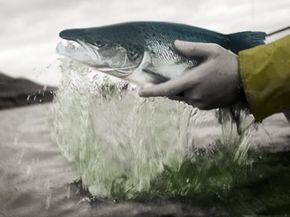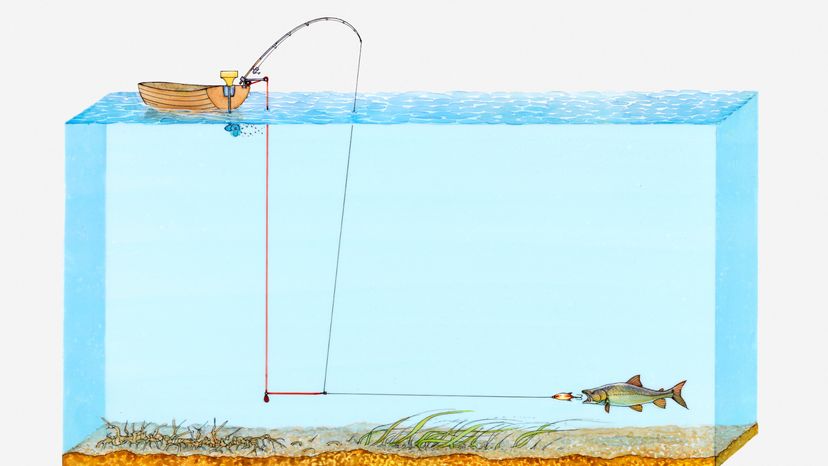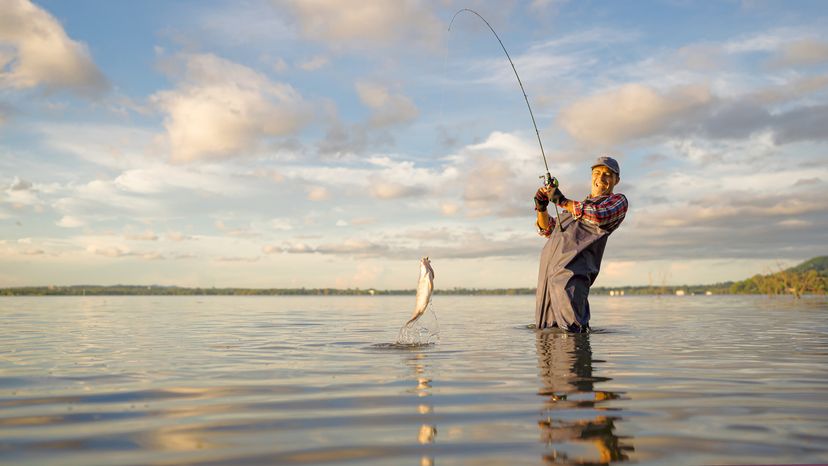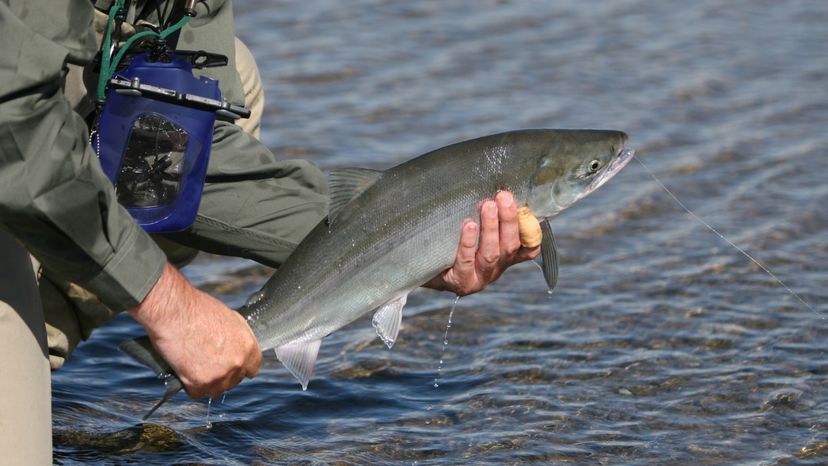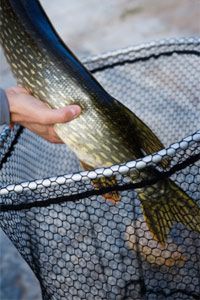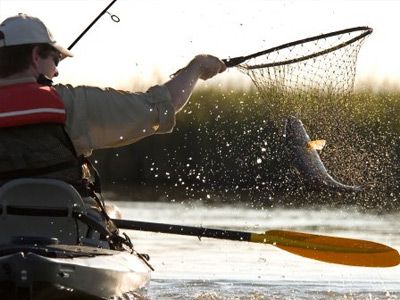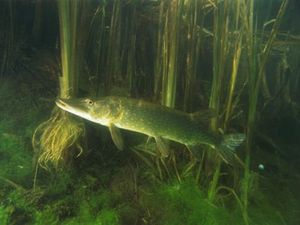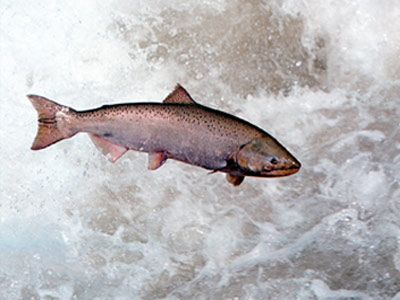Remember when you were young, and grandpa used to take you fishing? Your favorite kind of fishing was salmon fishing because you thought salmon was the best tasting fish. Plus, whatever salmon you didn't eat immediately would go toward the large collection already stocked in the freezer.
Now that it's been a few decades since you last went salmon fishing, and you've started your own family, you want to create your own fishing traditions.
Advertisement
First and foremost, you need to be aware of the most effective salmon fishing methods. Depending on how many people you're fishing with, the kind of salmon you're aiming to catch, and how many salmon you plan to catch, you'll want to choose a different technique. Keep in mind that regulations in each area will determine if you'll be allowed to take your catch home, so check to make sure you know if you're fishing in a catch-and-release area.
If you want to catch multiple salmon, the best bet would be to use a downrigger or planer board on a boat. These two methods provide you the opportunity to have many fishing lines in the water simultaneously. Fly fishing, on the other hand, might be better for a fishing trip for two. Trolling and float fishing are nice for a relaxing weekend on a lake. And fishing with egg sacks will allow you an all-natural opportunity to enjoy the excitement of salmon spawning season.
Read on to learn about one of the most effective ways to fish for salmon.
Advertisement
